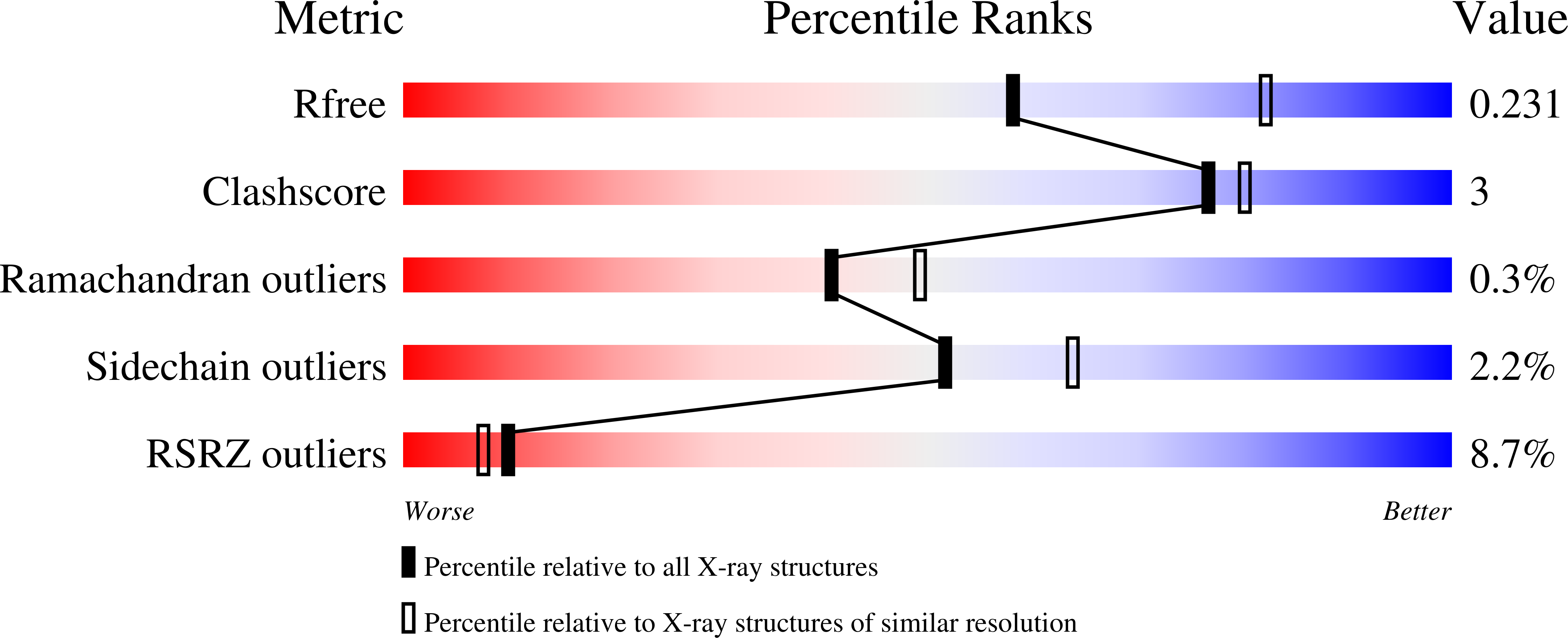
Deposition Date
2022-01-10
Release Date
2022-04-20
Last Version Date
2024-11-13
Entry Detail
PDB ID:
7QQL
Keywords:
Title:
The PDZ domain of SNTG2 complexed with the phosphorylated PDZ-binding motif of RSK1
Biological Source:
Source Organism:
Homo sapiens (Taxon ID: 9606)
Host Organism:
Method Details:
Experimental Method:
Resolution:
2.44 Å
R-Value Free:
0.22
R-Value Work:
0.19
R-Value Observed:
0.19
Space Group:
P 1 21 1


